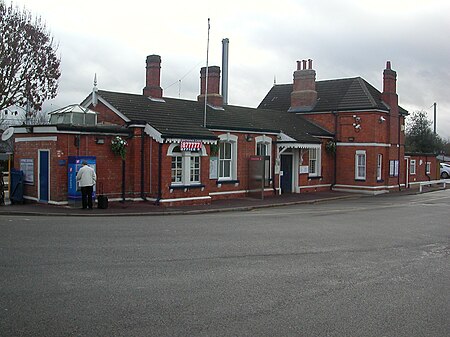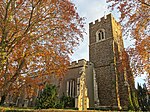Harlington railway station
DfT Category D stationsFormer Midland Railway stationsRailway stations in BedfordshireRailway stations in Great Britain opened in 1868Railway stations served by Govia Thameslink Railway ... and 1 more
Use British English from May 2014

Harlington railway station is located in Bedfordshire. It is named after the village of Harlington, on the outskirts of which it is located, but serves a wide rural area including the larger villages of Toddington and Barton-le-Clay.
Excerpt from the Wikipedia article Harlington railway station (License: CC BY-SA 3.0, Authors, Images).Harlington railway station
Toddington Road,
Geographical coordinates (GPS) Address Nearby Places Show on map
Geographical coordinates (GPS)
| Latitude | Longitude |
|---|---|
| N 51.962 ° | E -0.496 ° |
Address
Toddington Road
LU5 6LD
England, United Kingdom
Open on Google Maps









